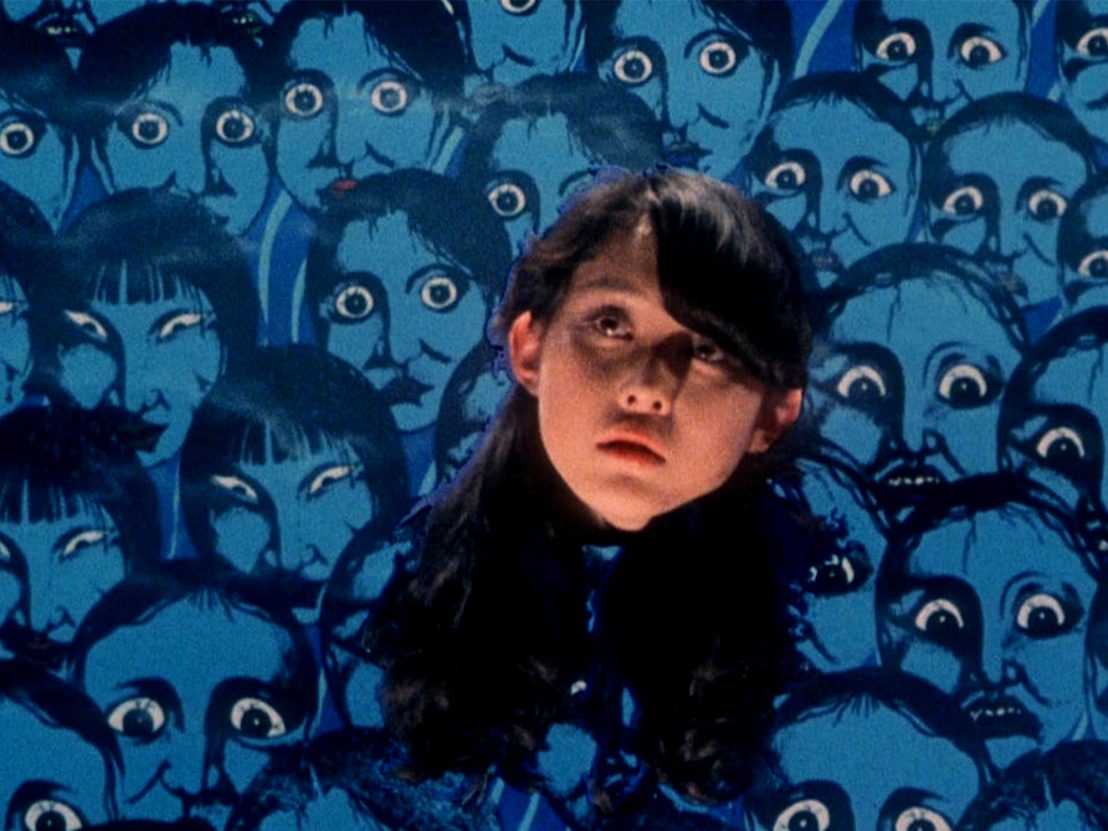
Nobuhiko Obayashi’s cult favourite Hausu (House) was released 40 years ago, and it’s worth re-visiting this enigma of a film to explore why one of the most ‘terrible’ films ever made remains so hugely entertaining. Although it was not well liked by critics upon its initial Japanese release, audiences loved it and the film quickly became a box-office success. By the time it was re-released in America in 2009, many critics were praising it too.
From the outset, Hausu seems fully aware that it is attempting something remarkable, making it a fascinating exercise in deconstructivist filmmaking. It dissects itself, makes all its seams visible, and plays to mock itself and those which have come before it. It flawlessly blends its hand-made effects with skilful comedy and unforgettable moments of horror, although to call it a comedy-horror feels slightly unfair given its enigmatic singularity. Almost certainly, its success lies in the intentionality of its design.
This deliberateness existed right from the conception of the film, when Obayashi decided to consult his pre-teen daughter, Chigumi, for story ideas. Not all of her suggestions were used, but her youthful erratic thoughts has appeared to influence the structure of the film, and many of her ideas were used in the final script – the mirror scene, the watermelon being pulled out of the well to reveal a severed head, and, most notably, the girl-devouring house were all hers.
On top of this, Chigumi and her father worked her childhood fears – of a loud clock and of getting her fingers caught between the keys on a piano – into the final script. (Interestingly, the production company, Toho, didn’t want Obayashi to direct and only conceded when it became clear that none of their staff directors wanted the project, delaying production by two years.)
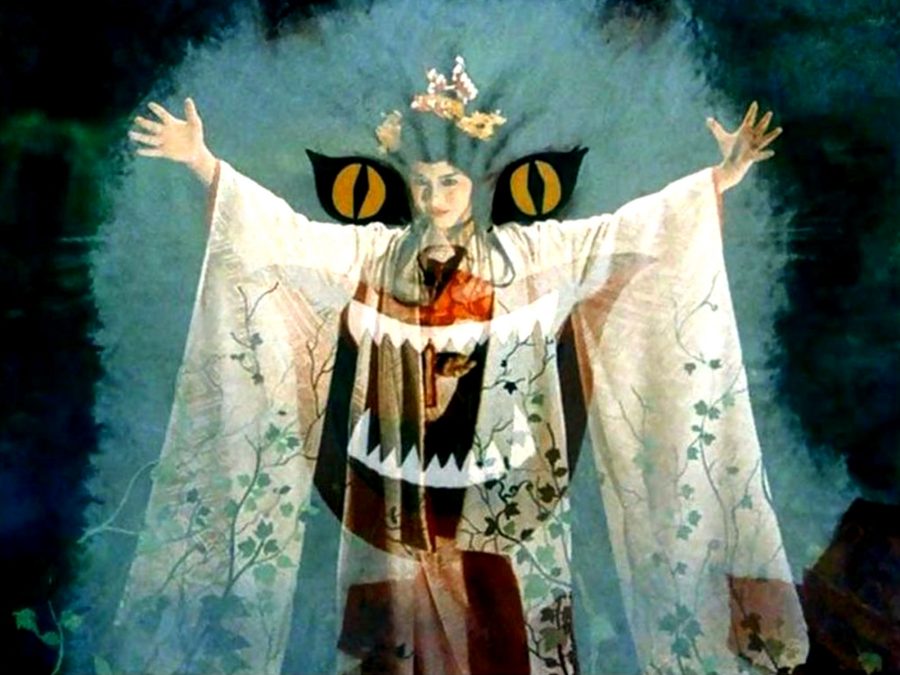
Obayashi furthered the concept of childlike fears during production when, as acting director of special effects, he decided to make the special effects look as though a child had made them. The film takes every opportunity to make the audience laugh, reusing backdrops while also drawing attention to repeated lines of dialogue. A number of scenes feature an obviously plastic smiling skeleton on strings, others contain a lot of strangely orange blood, and at one point a backdrop is placed directly in front of a much larger backdrop so that we can clearly see both in shot. Almost certainly, the watermelons are not real.
Obayashi has said that some special effects didn’t turn out as he had hoped – but oddly enough this actually adds an extra layer of charm and humour to the film. Aside from its obvious quirkiness, Hausu is also filled with moments of visceral horror, which are even more effective because they are unexpected. A musician’s fingers being eaten by a piano, regardless of the quality of the special effects, is an inherently disturbing image. It’s an interesting film to watch with friends, too, simply because it is horrifying for so many different reasons.
Ultimately it is self-awareness that makes this candy-coated horror so delightfully entertaining. By combining predictable scares, childish concepts and silly special effects, Obayashi managed to create something totally unique and massively influential. Not many films are brave enough to quite literally call out the genre to which they belong for being outdated, but Hausu made sure to say it loud and proud.
Published 17 Sep 2017
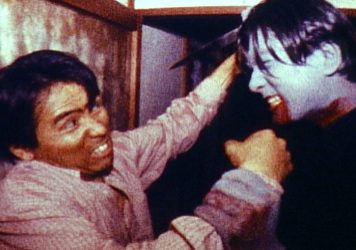
By Anton Bitel
Shinichi Fukazawa’s Super-8 gem Bloody Muscle Body Builder in Hell is a throwback to ’80s horror.
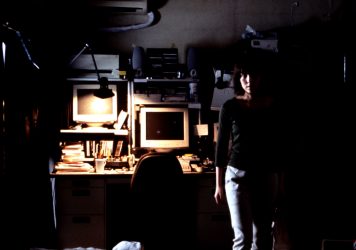
By Alex Denney
Kiyoshi Kurosawa’s eerily prescient 2001 film journeys to the heart of technological darkness.
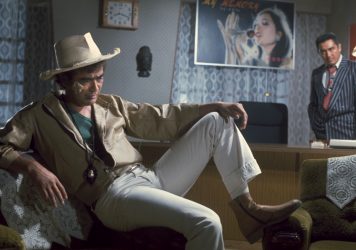
Kinji Fukasaku’s Doberman Cop is finally available on home video in the UK.